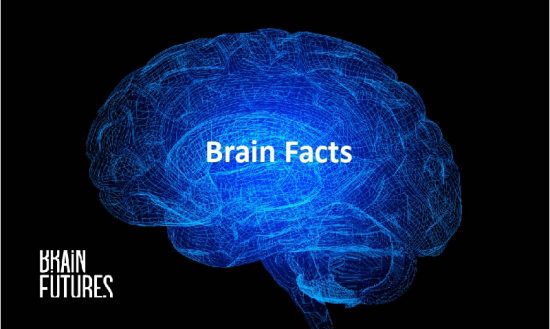Brain experts agree that although our knowledge of the brain has changed drastically in recent years, there is more to learn.
Here are our top fascinating brain facts of the month:
- The brain creates new neural pathways and modifies existing ones in response to behavioral, environmental, and neural changes. This process of neuroplasticity, also known as brain plasticity, continues throughout our lives, involves many processes and is influenced by new experiences. However, our brain cells die off for several reasons, including brain injury, stroke and certain other diseases. Fortunately, through a process called neurogenesis, these cells can be replaced with new ones. According to a study from the Nathan Kline Institute for Psychiatric Research, adult neurogenesis, the generation of new neurons in the adult brain, occurs in only two locations in the brain, and one is the dentate gyrus. Though the idea that neurons can be generated in the dentate gyrus in adult life has gained widespread interest among neuroscientists and clinicians, the functional roles of the adult-born neurons are still unclear.
- What does a song taste like? What color is the letter C? To 95 percent of the population, these questions probably don’t make any sense. However, people with synesthesia, or synesthetes, experience a tangling of two or more senses when they encounter specific stimuli. These encounters can cause involuntary sensations of touch, taste, vision, sound, smell or even emotion that they don’t trigger in most people. Advances in brain imaging techniques have helped prove that synesthetic brains exist. At least 128 types of synesthesia have been documented. Scientists have found that synesthesia helps people remember things by using more than one of their senses, leading to greater numerical cognition and language literacy. Synesthetes also have higher levels of anxiety disorder than the general population.
Follow us on Facebook, Twitter and Linkedin for #BrainFactFriday as we demystify the mysteries of the brain.
Read more from BrainFacts: A Primer on the Brain and Nervous System.
